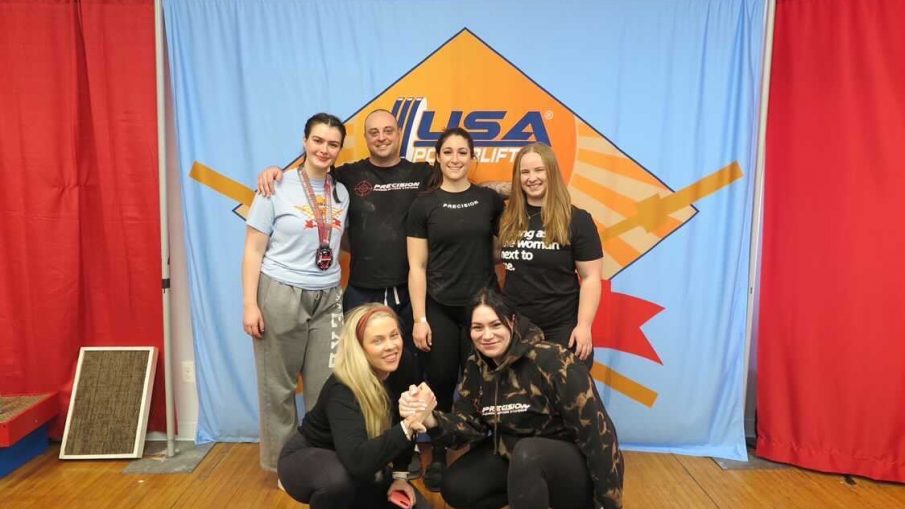Written by: Kevin Cann
It has been a while since I wrote a blog post. I have been building out Strength School, an online classroom where coaches, lifters, and trainers can learn the fundamentals of strength development. If interested that can be found here.
Meets are starting to come at us quickly here and I feel it is a good time to discuss how to build success on the platform. Too often we see beginners jump on a program that their favorite powerlifter is doing. This program is usually very specific to the movement of the competition lifts with high volume and high frequency.
Early specialization comes with many drawbacks in sports and this carries into powerlifting. Early specialization will lead to earlier career peaks that will not be as high as they would be if we built all of the necessary foundational components.
In sports, early specialization leads to a peak in the youth to adolescent ages. These athletes tend to be the best on their teams at their ages, but once the game gets bigger, stronger, and faster, they do not have the skillset to draw upon to solve these more complex problems. Playing multiple sports at a younger age gives the athlete more experiences to draw upon to solve the complex problems that sport begins to throw their way.
Basketball allowed me to be a better soccer player because it was played faster and on a smaller court. I had to find teammates and avoid defenders. Experiences that I can draw upon when playing soccer. This then made me a better fighter. Fighting was no different than being 1-1 with an opponent in each of those sports.
Powerlifting is the same. If you only do the competition movements where you are comfortable now, you will be severely limited in your abilities to improve when you inevitably get stuck. Using more variation may not come with as big of an initial peak, but the peak will be higher in the long run.
I have also seen cases where coaches will plan a competition day based off of some estimated third attempts. This strategy I disagree with even at the most competitive levels, but a more experienced lifter is going to be better suited to handle that than a beginner.
This strategy can often lead to opening too heavy and a day that can go sideways very quickly. It may work a few times, but at some point, it will come back to haunt you. This is not a situation that you want to put a beginner in.
We want to set lifters up with early success. Let them learn to work out the nerves and learn to handle the competition day. As they develop that skill, we can start giving them greater challenges on competition day.
Another reason that I would recommend being more conservative with beginners is to ensure that we are building a good technical base. They will hit PRs because they are beginners. No need to stretch those PRs beyond their current technical skillset. This may mean leaving 10-15lbs on the platform.
When you stretch the numbers of beginners it sets the bar too high for their training. They will inevitably want to beat previous numbers so be sure to set the bar at the right height. We don’t want to set it too low either as they still need to challenge themselves.
Developing lifters is an art as well as a science. It also requires the coach to get the lifter to see how to do things the right way. This can be difficult to do in the age of the internet. Having a team of lifters that have gone through this that have higher levels of success now really helps that process.
The goal of the coach is to guide the lifter to see their full potential realized. It isn’t to give them a fancy spreadsheet and get fast PRs.

